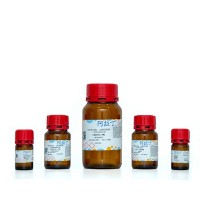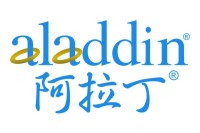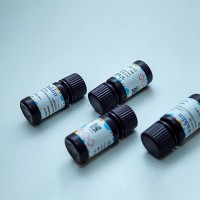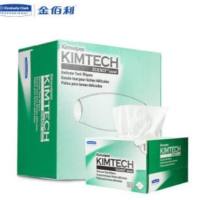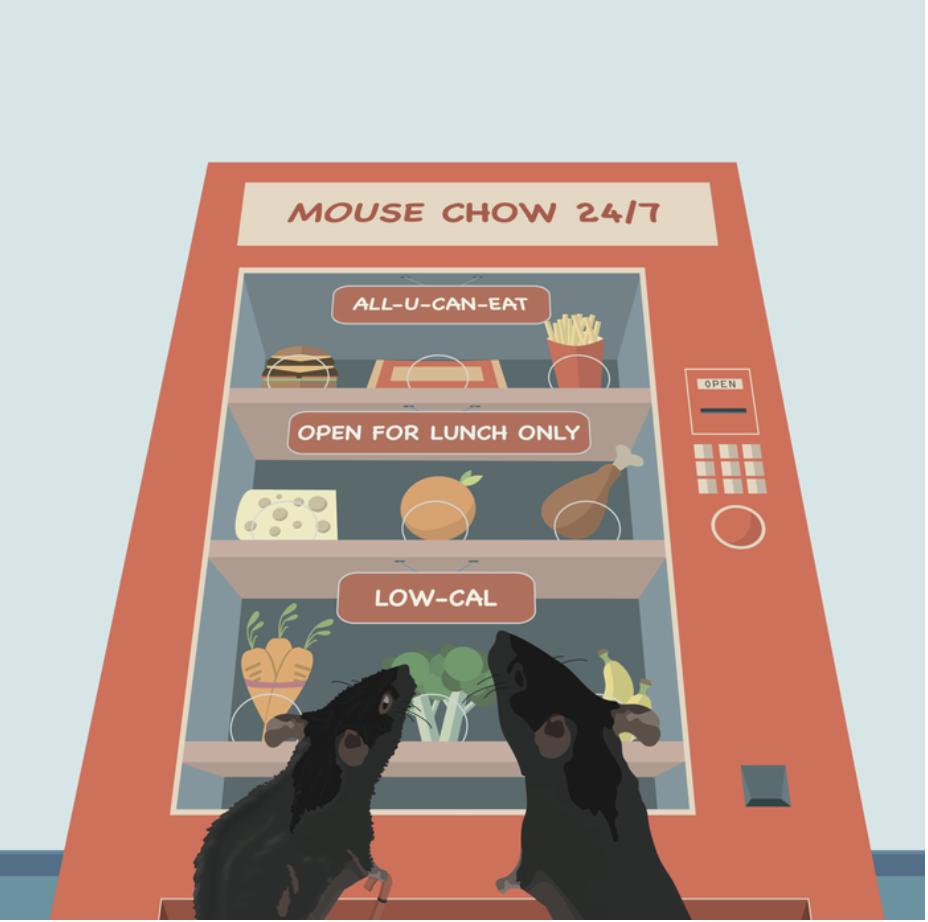【进展】Science: 美实现单个抗体绑定到2种不同抗原
丁香园论坛
2441
美国科学家近日通过研究,打破了一个古老的免疫学教条——一个抗体只能绑定到一个抗原上。他们成功地使一个抗体紧密地绑定到两个不同的抗原上。相关论文发表在3月20日的《科学》杂志上。
这一抗体作用于2种蛋白——血管内皮生长因子(VEGF)和人类表皮生长因子受体2(HER2),前者被认为会促进肿瘤的生长,而后者则在一些侵略性的乳腺肿瘤里高表达。
科学家以前经常发现一些抗体能够松散地绑定到多个抗原上,但一直没有发现或通过操作实现单个抗体特异性地紧密绑定到2个不同抗原上。
在此次研究中,美国加州基因技术公司(Genentech)的Germaine Fuh和同事突变了HER2的抗体,然后在突变体中筛选出了能够同时绑定HER2和VEGF的变异。这是首次创造出能绑定到2种无关联蛋白的抗体。Fuh说:“这将开启双重标靶型疗法之门。”
重点研发抗体疗法的Genmab生物技术公司副总裁Paul Parren表示,结果令人吃惊。他说:“我们以前根本没有这样考虑过抗体,它让人不禁要猜测,这种分子是否也有可能在自然界中存在。”
Variants of the Antibody Herceptin That Interact with HER2 and VEGF at the Antigen Binding Site
Jenny Bostrom,1,2 Shang-Fan Yu,3 David Kan,3 Brent A. Appleton,1 Chingwei V. Lee,1,2 Karen Billeci,4 Wenyan Man,1 Franklin Peale,5 Sarajane Ross,3 Christian Wiesmann,1 Germaine Fuh1,undefined
The interface between antibody and antigen is often depicted as a lock and key, suggesting that an antibody surface can accommodate only one antigen. Here, we describe an antibody with an antigen binding site that binds two distinct proteins with high affinity. We isolated a variant of Herceptin, a therapeutic monoclonal antibody that binds the human epidermal growth factor receptor 2 (HER2), on the basis of its ability to simultaneously interact with vascular endothelial growth factor (VEGF). Crystallographic and mutagenesis studies revealed that distinct amino acids of this antibody, called bH1, engage HER2 and VEGF energetically, but there is extensive overlap between the antibody surface areas contacting the two antigens. An affinity-improved version of bH1 inhibits both HER2- and VEGF-mediated cell proliferation in vitro and tumor progression in mouse models. Such "two-in-one" antibodies challenge the monoclonal antibody paradigm of one binding site, one antigen. They could also provide new opportunities for antibody-based therapy.
1 Department of Protein Engineering, Genentech, 1 DNA Way, South San Francisco, CA 94080, USA.
2 Department of Antibody Engineering, Genentech, 1 DNA Way, South San Francisco, CA 94080, USA.
3 Department of Translational Oncology, Genentech, 1 DNA Way, South San Francisco, CA 94080, USA.
4 Department of Assay and Automation Technology, Genentech, 1 DNA Way, South San Francisco, CA 94080, USA.
5 Department of Pathology, Genentech, 1 DNA Way, South San Francisco, CA 94080, USA.
~undefined To whom correspondence should be addressed. E-mail: gml@gene.com

这一抗体作用于2种蛋白——血管内皮生长因子(VEGF)和人类表皮生长因子受体2(HER2),前者被认为会促进肿瘤的生长,而后者则在一些侵略性的乳腺肿瘤里高表达。
科学家以前经常发现一些抗体能够松散地绑定到多个抗原上,但一直没有发现或通过操作实现单个抗体特异性地紧密绑定到2个不同抗原上。
在此次研究中,美国加州基因技术公司(Genentech)的Germaine Fuh和同事突变了HER2的抗体,然后在突变体中筛选出了能够同时绑定HER2和VEGF的变异。这是首次创造出能绑定到2种无关联蛋白的抗体。Fuh说:“这将开启双重标靶型疗法之门。”
重点研发抗体疗法的Genmab生物技术公司副总裁Paul Parren表示,结果令人吃惊。他说:“我们以前根本没有这样考虑过抗体,它让人不禁要猜测,这种分子是否也有可能在自然界中存在。”
Variants of the Antibody Herceptin That Interact with HER2 and VEGF at the Antigen Binding Site
Jenny Bostrom,1,2 Shang-Fan Yu,3 David Kan,3 Brent A. Appleton,1 Chingwei V. Lee,1,2 Karen Billeci,4 Wenyan Man,1 Franklin Peale,5 Sarajane Ross,3 Christian Wiesmann,1 Germaine Fuh1,undefined
The interface between antibody and antigen is often depicted as a lock and key, suggesting that an antibody surface can accommodate only one antigen. Here, we describe an antibody with an antigen binding site that binds two distinct proteins with high affinity. We isolated a variant of Herceptin, a therapeutic monoclonal antibody that binds the human epidermal growth factor receptor 2 (HER2), on the basis of its ability to simultaneously interact with vascular endothelial growth factor (VEGF). Crystallographic and mutagenesis studies revealed that distinct amino acids of this antibody, called bH1, engage HER2 and VEGF energetically, but there is extensive overlap between the antibody surface areas contacting the two antigens. An affinity-improved version of bH1 inhibits both HER2- and VEGF-mediated cell proliferation in vitro and tumor progression in mouse models. Such "two-in-one" antibodies challenge the monoclonal antibody paradigm of one binding site, one antigen. They could also provide new opportunities for antibody-based therapy.
1 Department of Protein Engineering, Genentech, 1 DNA Way, South San Francisco, CA 94080, USA.
2 Department of Antibody Engineering, Genentech, 1 DNA Way, South San Francisco, CA 94080, USA.
3 Department of Translational Oncology, Genentech, 1 DNA Way, South San Francisco, CA 94080, USA.
4 Department of Assay and Automation Technology, Genentech, 1 DNA Way, South San Francisco, CA 94080, USA.
5 Department of Pathology, Genentech, 1 DNA Way, South San Francisco, CA 94080, USA.
~undefined To whom correspondence should be addressed. E-mail: gml@gene.com

